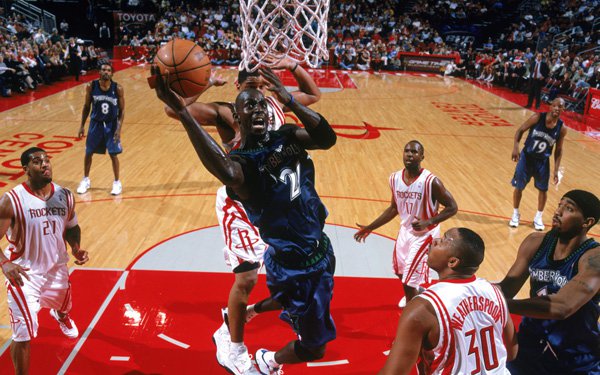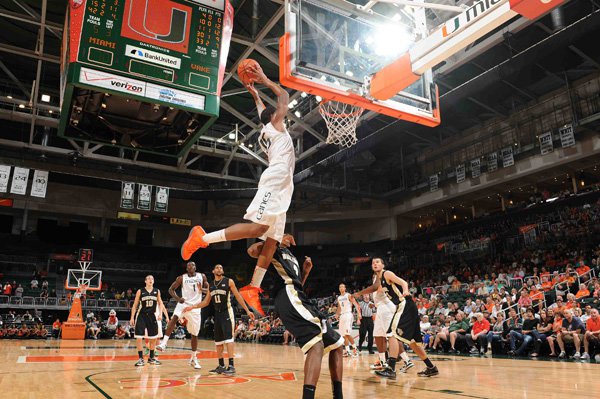How to choose a helmet, gloves and other safety gear
Question
Hi,
I live in Dhaka, Bangladesh. I have just started bicycling. I have never rode a bicycle before. I plan on riding around the suburbs of the city. The temperature is mostly humid and hot, and the roads range from regular roads to gravel and mud.
My Questions are--
1. What minimal safety gear do I need?
2. I dont like getting an abrasion from crashes, so what type of glove, helmet and other accessories should I get? Do mention the benefits and drawbacks of fingerless vs full-finger and motorcycle vs bicycle helmets, so I can make a decision.
Thank You.
Answer
Welcome to bicycling! It sounds like you have a challenge ahead of you, but many people in hot and humid conditions ride year in and year out. You have listed the two biggest safety items, the helmet and gloves. One thing you may want to add to that is eye protection, people don't usually consider that a safety item but I don't know how many bugs and rocks have bounced off of my eye wear while I have been riding.
You will most definitely want a bicycle helmet as opposed to a motorcycle helmet. Bicycle helmets are designed for ventilation as well as protection. Even inexpensive bicycle helmets will do this, however the more you spend on a helmet the better it will be designed to pull air through and help keep you cool. the biggest thing you will want in a helmet is one that fits. It should sit squarely on your head and not move around if you wiggle you head side to side. Try on a few different helmets since each one could fit a it different.
Gloves will do a few things for you: Provide extra padding; absorb perspiration so you have a better grip on the handlebars; and protect your hands in a fall. After all it is instinctive to put out a hand when we fall and the heel of the palm usually takes the brunt of the impact.
One thing I like about full finger gloves is the additional grip you get on the brake levers when your hands are wet. However, many people feel that even just having the additional fabric removed from the finger tips lends itself to a cooler glove. I fall into that camp, but have know idea if it has ever been tested to be true.
Lamps for the front and rear of your bicycle are not only a good idea but required in many areas. Check your local regulations if you plan to ride at night. A good loud bell is really nice to alert pedestrians and other riders that you are coming. A bell can be a polite way of letting someone know you are there.
I just want to offer a couple of things to keep you safe on the road. Where bright colors and make sure you can be seen by traffic. Keep your bicycle well adjusted and the tires well inflated. A properly inflated tire will not only roll easier it will give you a better grip on the pavement than a severely under inflated tire. Since you ride a variety of surfaces you may have to reach a compromise between performance on tarmac and grip on the dirt. Experiment a bit but do not go below the minimum inflation indicated on the sidewall of your tire.
You should consider fitting mud guards to your bicycle if you do not already have them fitted. Not only will it keep you dry but it will keep mud and dirt from flying in your face when you ride.
And lastly use a bag system designed for a bicycle or what is commonly called a messenger bag to haul your things around. Using bags that are attached with bungees or hanging off of your handlebars is an accident waiting to happen. The best way not to crash is using common sense.
Enjoy your riding! Not only is it good for you, good for the planet, but it can be a great way to find a new level of pleasure and enjoyment!
Best regards,
Tad
Indoor stand
Phillips Bike


